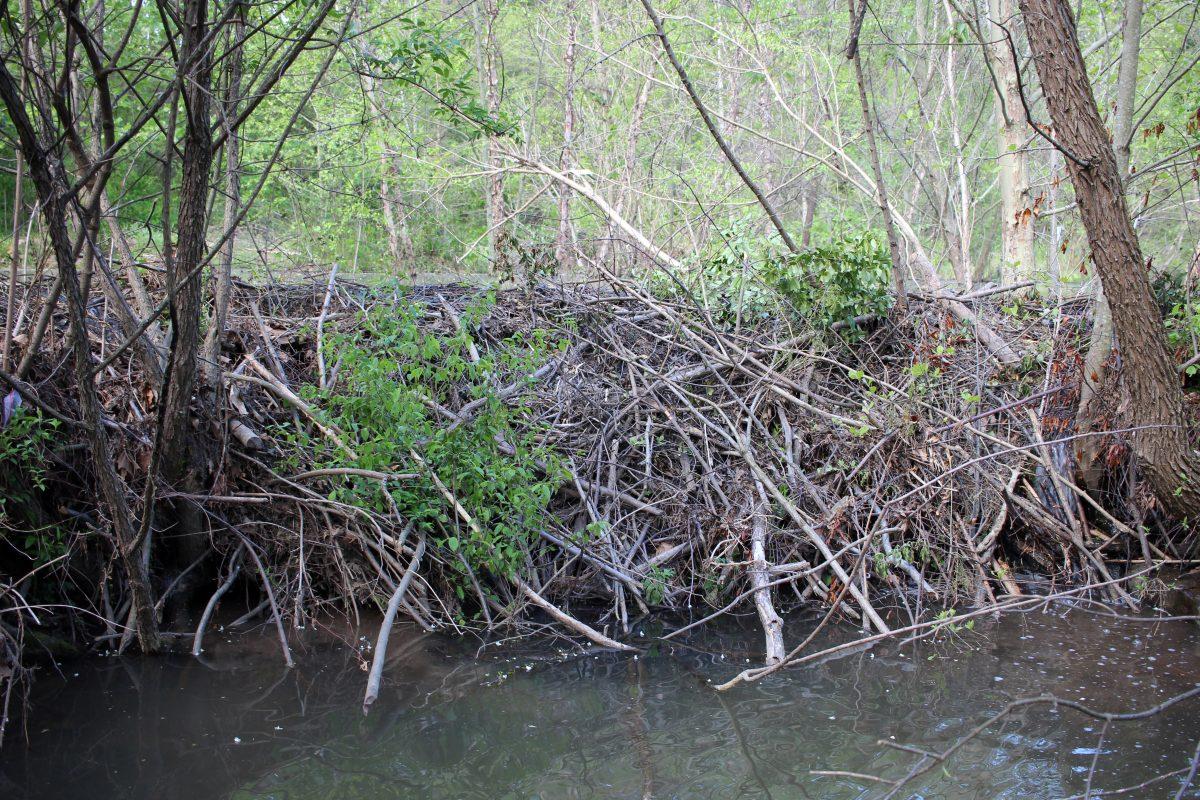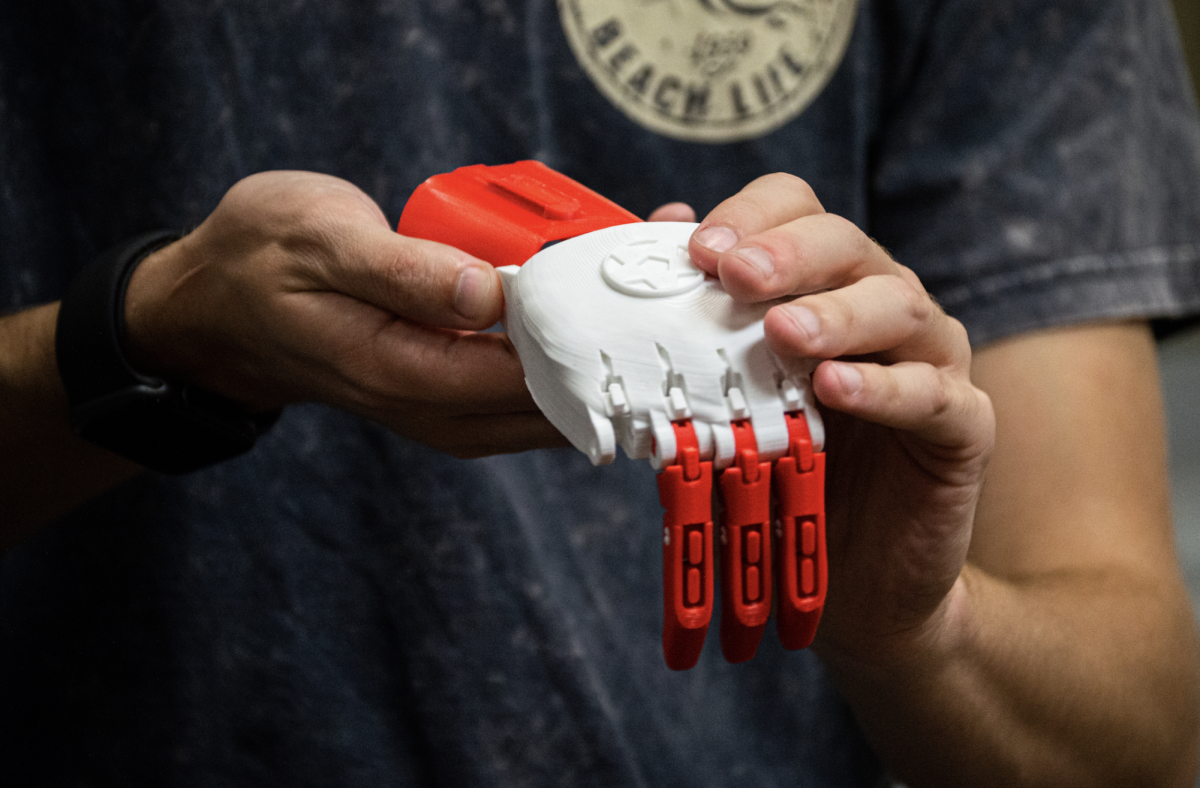NC State’s campus is home to more than just students and grey squirrels, according to NC State biodiversity researchers.
Bioblitz, a project funded by NC State’s sustainability fund, found evidence of grey foxes, coyotes and beavers inhabiting the areas on and around campus.
“When people come to NC State’s campus, they see so many of these bricks, and they don’t expect to see wildlife,” said Terry Gates, a biological sciences professor who assisted in the project. “But the wildlife is there. Most of it comes out at night or lives along the streams.”
Michael Drake, a graduate student studying fisheries and wildlife sciences, began Bioblitz last fall to encourage people to think more about the wildlife around them.
“The vast majority of people on NC State’s campus aren’t thinking about animals every day like [wildlife scientists] are,” Drake said. “We just wanted to find a way that we can get people to realize that you don’t have to go all the way out to a national forest you can just poke around here on campus and find some pretty cool stuff.”
The project is not scientific in nature, but rather seeks to tell a narrative of NC State’s biodiversity, Drake said. Drake compiles information on what species people find, as well as where those species are found.
To collect the data, Drake explores campus and records what he finds. He also uses camera traps, which detect motion and take pictures of animals walking by.
In addition, Drake received help from groups on campus, such as the Student Fishery Society, the Zoology Club, the International Society for Tropical Foresters and the International Association of Natural Resources. Various professors have contributed to the findings as well.
As a result, Drake found several species around campus including groundhogs, grey fox, coyotes, beavers and leeches.
”We’re seeing a lot of grey fox on campus,” Drake said. “We have a lot of coyotes that are moving between Main Campus and Centennial.”
However, Drake assures, the Wolfpack has nothing to worry about.
“Coyotes are not a dangerous animal to share the space with, and actually can be very beneficial to the environment,” Drake said. “They’re just sharing our space, and they’re really not anything dangerous at all.”
Drake was especially excited to find beavers on campus. North Carolina is along the edge of where beavers can be found, meaning that finding them here was surprising, according to Drake.
Through Bioblitz, researchers discovered a fully functional beaver dam along Rocky Branch Creek.
This could create more biodiversity in the area because, when beavers create dams, it leads to a flooded area on one side and eventually a meadow on the other. Drake compared beavers to engineers, citing their ability to build dams and change the structure of an ecosystem.
As a result of the dam, more ducks have begun coming to the area because they like still water, Drake said. However, due to the location of the dam, it will likely be torn down.
Gates, who teaches Biology in the Modern World, found the beavers when he spent a day bringing out his class of about 200 students to participate in the project. Gates had his class participate in order to help expose them to science in a new way.
“So many of my students come in saying that they are not science people … and it upsets me,” Gates said. “Because, to my mind, it’s not that they’re not science people, it’s that science has not presented to them in a way that they can grasp.”
Gates said he sees Bioblitz as a way to engage his students with wildlife.
“It’s my way of injecting them into the scientific process without having them put on a lab coat, without have them having to take out their notebooks and write down calculations,” Gates said.





